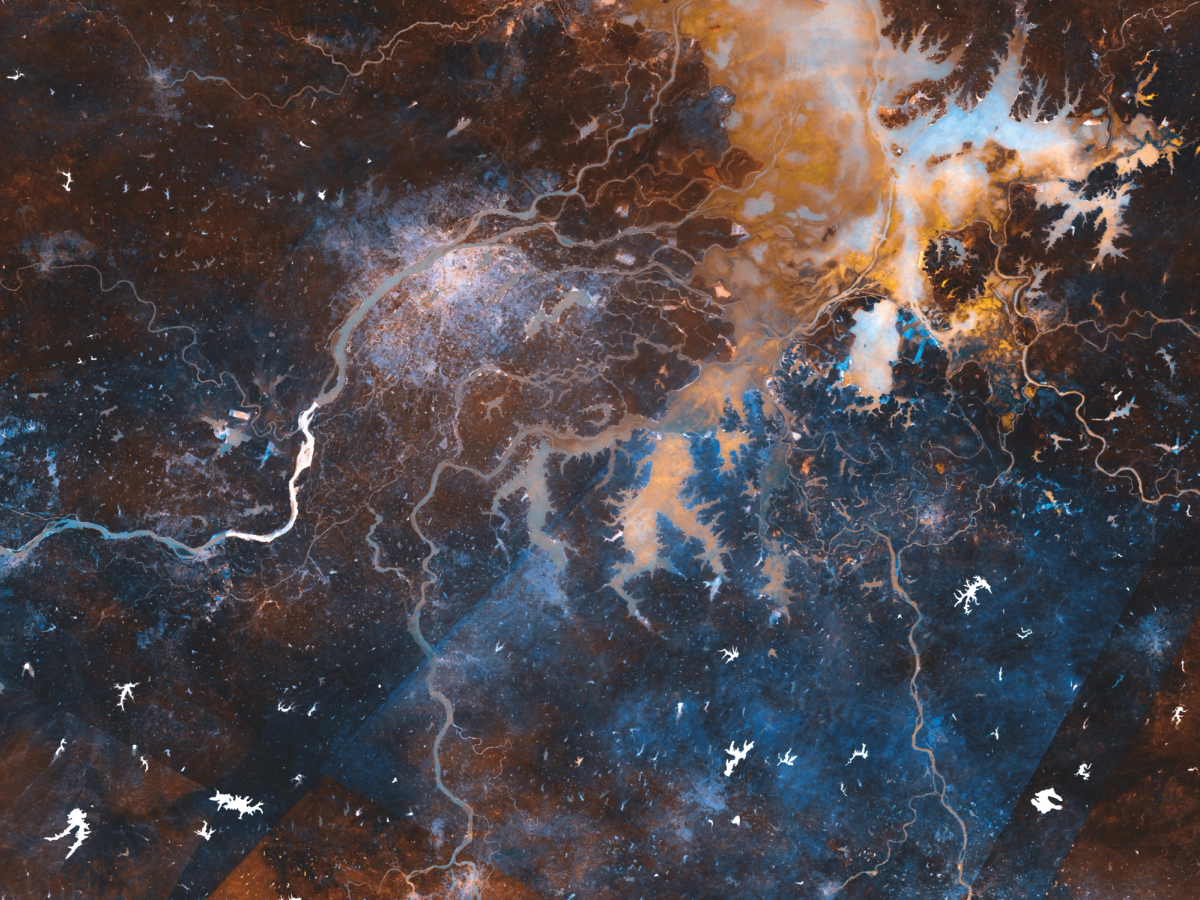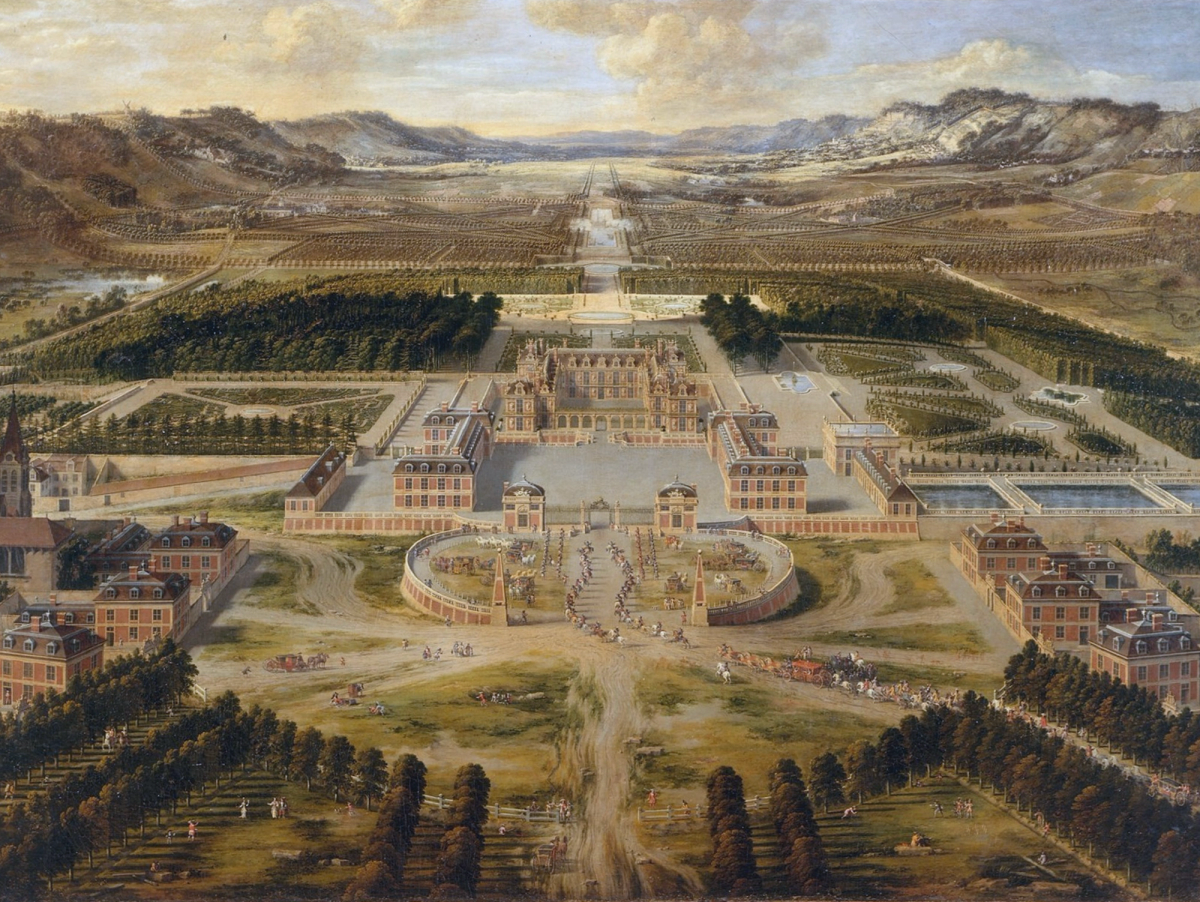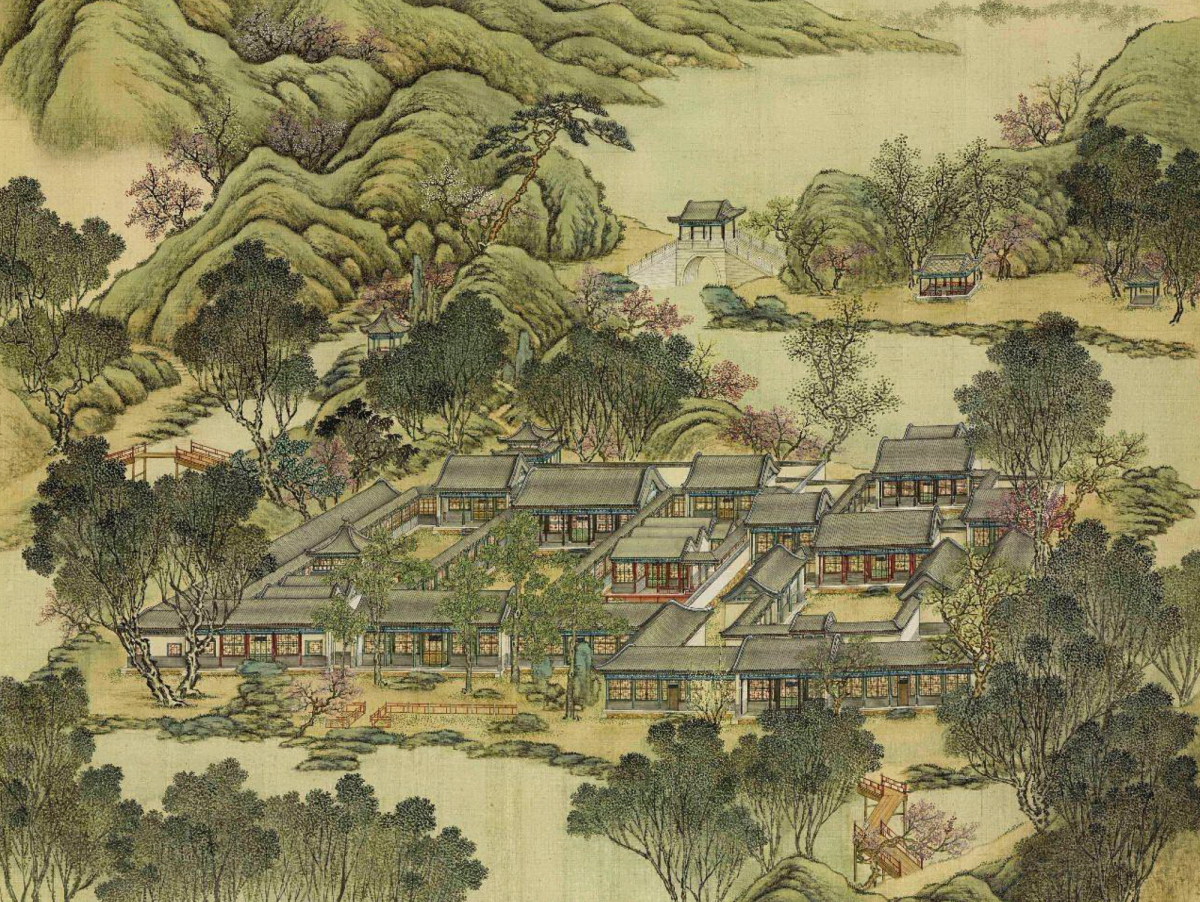
Ancient empires transformed rivers into an instrumental apparatus for maintaining autocratic control, progressively reshaping them as products of deliberate planning through surveying, mapping, and fortifying, reflecting a persistent desire for static order. Throughout history, the relationship between human chronicle and natural flux has thus become so deeply intertwined that one can no longer be disentangled from the other. According to Dilip da Cunha, a river is a cultural and technological construct rather than a natural given: by reducing hydrological complexity to a line, such abstractions impose order on an otherwise diffuse condition of wetness so that water can be stabilised, governed, and appropriated, enabling empires and colonial powers to classify, parcel, and legitimise its territory; in other words, what we conventionally call a river is already a design construct.
In China, it is impossible to escape hydro-politics, as river management has been a key element in deploying state power for millennia. This pattern continues in its modern state. Yet China’s modernisation has unfolded without a corresponding transformation in technological thinking: technology continues to be treated as universal and neutral rather than as a mode of reasoning and acting. This unresolved instrumentalism was first articulated through the late imperial ti – yong (substance – function) separation and subsequently reinforced, producing a dualism between technology and culture, society and nature. It continues to shape China’s approaches to scientific inquiry and environmental stewardship.
In June 1938, Chiang Kai-shek, chairman of the Military Affairs Commission of the Republic of China, ordered the destruction of the Yellow River embankment at Huayuankou, Henan, to halt the advancing Japanese army during the Second Sino-Japanese War. The resulting flood became one of the most environmentally destructive events in world history. The resulting flood reshaped regional demographics, wartime logistics, and state authority, and the militarisation of the Yellow River extended through the Chinese Civil War, configuring the political and spatial order of East Asia in the late twentieth century. After assuming control of the nation in 1949, the Communists demonstrated a willingness equal to that of their Nationalist counterparts to view rivers as potentially destructive forces requiring continued state intervention and control, a view that drove China’s extensive dam-building campaigns. Since 1949, more than 87,000 dams have been constructed, displacing millions once again.

Over the past few decades, China's water conservancy governance has expanded from discrete dams and diversion facilities to basin-wide infrastructural networks; meanwhile, land reclamation and channel realignment in delta regions have reshaped estuary landforms into engineered–urbanised assemblages. Recently, under the banner of Ecological Civilisation, restoration, resilience, and ecological governance have been incorporated into policy agendas. Yet, their operation remains essentially engineering-based, integrating ecological processes into controllable technical regimes. Architecture was once understood as an operation on stable ground; however, in a governance framework where engineered stability has become a prerequisite, such stable assumptions rest upon the suppression of fluvial variability. In the upheavals of the Anthropocene, this premise is increasingly untenable: rivers bifurcate, migrate, and reassert themselves, characterising a non-geometrical condition in which river and built environment mutually shape one another. Today, thinking of the river means considering diverse actors and processes that together take on a planetary magnitude, transcending the conventional division between local and global perspectives. This condition demonstrates that regionalised, static forms of control are inadequate, necessitating new sensibilities, epistemes and actions.

To rethink our cognition of rivers requires interrogating the technics that shape our knowledge and actions in relation to them. Since the current mono-technological paradigm is becoming increasingly ineffective in addressing the complexities within which rivers operate, there is an urgent need to rediscover techno-diversity and to understand technology constantly coupled with the systems in which it operates, rather than as something that can be tamed. This reorientation is articulated through cosmotechnics, originally proposed by Yuk Hui as the unification of cosmic and moral orders through technical means. From this perspective, examining the roles of rivers in today’s built environment involves re-articulating the deployment of technics through territorialities.
Territoriality, for John Tresch, is neither a cartographically and juridically fixed space nor a calculus of production, consumption, and exchange. Instead, it is a relational mode of inhabiting and conceptualising space, in which subsistence practices, shared imaginaries, and cosmological orders jointly mediate a collective’s relation to space. If territoriality emerges from the interplay between material conditions and how groups frame and make sense of their worlds, then technologies for governing rivers cannot be understood solely as hydraulic instruments or engineering solutions; instead, such technologies must be seen as architectural operations that configure relations between materials, imaginaries, and orders.

Gardens materialise distinct modes of territoriality, embodied in specific cosmological imaginaries and material configurations. They operate as architectural devices that encode possibilities for organising the relations between water and the built environment. The absolutist geometry of Versailles, with its axial pathways, gridded parterres and hydraulic engineering, constituted a cosmogram of mechanical philosophy and monarchical sovereignty. This spatial grammar is derived from Descartes’s mechanical worldview of res extensa, which underpins the intellectual framework of modernity. Versailles’s canal-making and agricultural management project a form of territoriality grounded in domination, calculability and a disciplined environment.

The Yuanming Yuan, built as the summer palace of the Qing dynasty, articulates a different cosmotechnical composition. The garden fuses Taoist and Confucian principles, aligning mountains, water, and constructed vistas with flows of qi, yin–yang relations, and moral governance. Rather than subordinating landscape to a single geometric plan, it assembles scenes, images, and architectural fragments into a continuously unfolding milieu in which no clear distinction can be drawn between technological intervention and the so-called natural environment. It operates less as an apparatus of control than as a spatial practice of mediation, attunement, and composition.
Rethinking our relations with rivers through territoriality, therefore, demands not a more advanced apparatus of enframing, but a transformation in the cosmotechnical imagination through which rivers are conceived, sensed, and acted upon – a shift from the modern technics that Heidegger calls Gestell, with its drive toward control, to poiesis, a mode of attunement and co-formation with the world. Such a transformation requires recognising that epistemes, technics, and governance are responsive adaptations interconnected through ongoing coupling with fluvial dynamics, rather than seeking static order or the elimination of contradiction. Openness to uncertainty, in this sense, allows knowledge and action to remain generative as recursive processes through which both rivers and the epistemic frameworks that address them learn to learn.